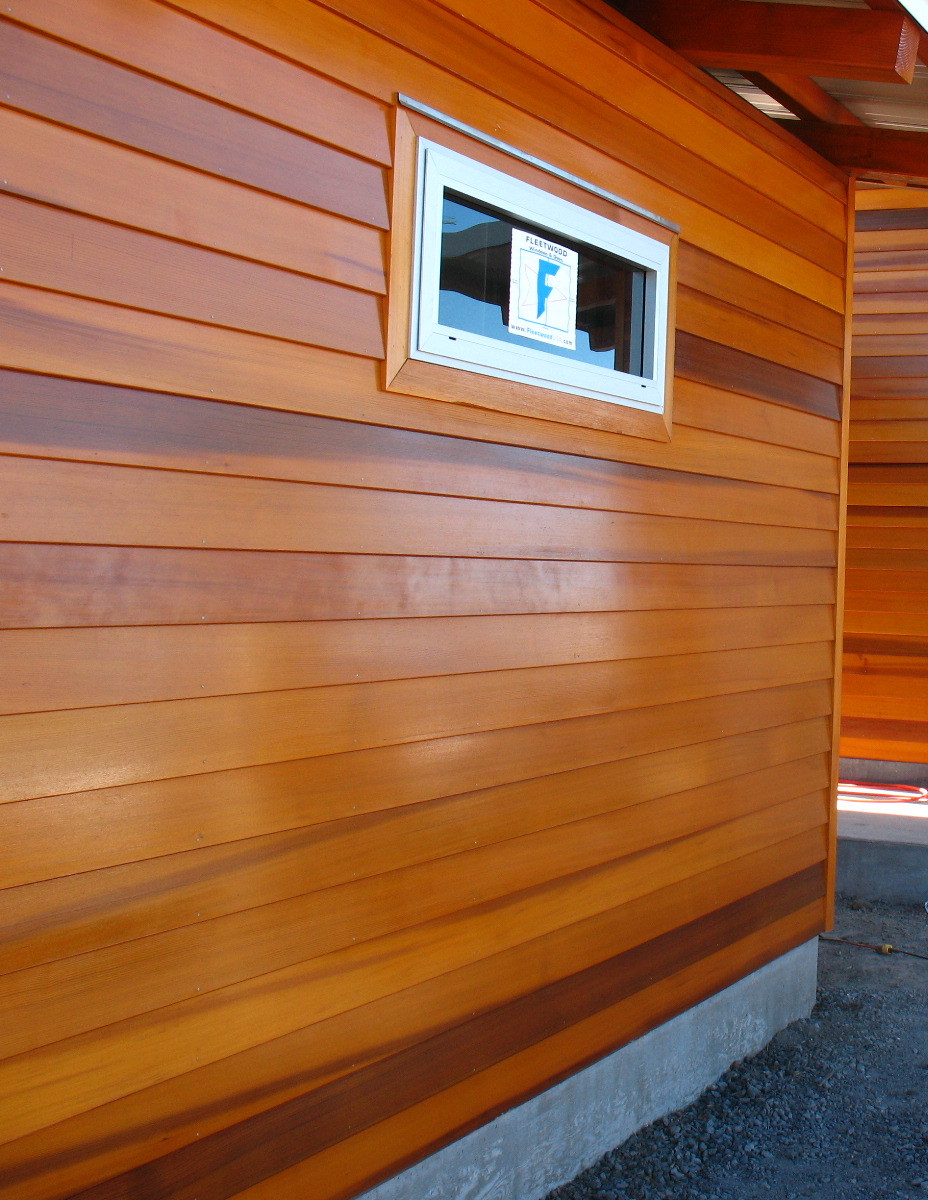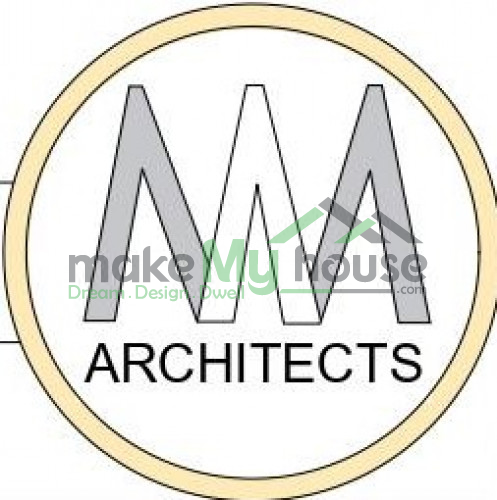Table Of Content

Fir is not naturally insect resistant, nor is it rot resistant. Therefore, it requires regular maintenance to make sure it is not absorbing moisture or hosting destructive insects. It must be sealed with paint or stain to maintain its integrity. It is important to check building codes in your area before you install shake siding or cedar shake shingles.
10 Types of Fencing Materials All Homeowners Should Know
The design, combined with a straightforward installation, makes lap siding the most common type of wood siding. Like shingles, it’s important that you check with your local building codes if you’re considering installing shake siding. Some prohibit these types of siding, citing that an increased fire hazard involved in a significant amount of rough-finished wood. The design of this type of wood siding allows for water to shed easily, especially because there aren’t any edges that can collect moisture.
This Little-Known Exterior Siding Has Big Potential, According to a Cali Designer - Domino
This Little-Known Exterior Siding Has Big Potential, According to a Cali Designer.
Posted: Fri, 12 Oct 2018 07:00:00 GMT [source]
Western red cedar siding
Spruce siding is often available in longer lengths than normally found with pine. Since it is a softwood, it can be milled into different styles of siding. Cypress, like cedar and redwood, is rot-resistant and insect repellant.
Remote Cabin Boasts Thermally Modified Wood Siding - Midwest Home Magazine
Remote Cabin Boasts Thermally Modified Wood Siding.
Posted: Wed, 19 Apr 2023 07:00:00 GMT [source]
What care and maintenance does wood siding need?
Here are the most popular wood siding styles with a brief description. Though wood is a traditional type of home siding, it is still a viable option for any home. It comes in several natural species and composite products like fiber cement. Here is a brief look at the different wood species used in manufacturing wood siding. Although finishes are often applied during the manufacturing process, the material still does need to be painted and maintained. Should the exterior become damaged, moisture can get inside and cause the material to warp or swell.
Cypress' honey-like hues bring a natural look to a home that other woods lack. It's a durable, reliable, low-maintenance hardwood that resists decay and insects. Its ability to withstand the elements makes it the siding of choice in areas with high humidity and rainfall. Best of all, cypress can last a lifetime with proper treatment and maintenance. The average cost to side the average home with cypress is $7,031 to $12,792, not counting the trim, depending on the type of wood and its finish. The average cost to side the average home with fir is $7,855 to $14,292, not counting the trim, and depending on the type of wood and its finish.

Some homeowners like the look of natural wood, so they choose stained siding. You can purchase siding that is already stained to the color or hue you want, or you can buy bare wood siding that is ready to be stained. Remember that staining the siding is labor-intensive and must be redone every few years. The average cost to side the average home with engineered wood is $7,056 to $12,838, not counting the trim, depending on the type of wood and its finish.
Brick and Brick Veneer Siding
It is extremely durable, often being salvaged from demolished centuries-old homes for reuse. The average-sized home requires about 1,500 square feet of siding material. Carol J Alexander is a home remodeling industry expert for Fixr.com. Jackie Craven is a design expert writer covering architecture, decor, and sustainability for The Spruce. She has over 20 years of experience and is the author of two books on home decor and sustainable design.
Home Building Projects Estimating Checklist
Redwood is resistant to shrinkage that causes warping and cupping. Primed no-groove siding is a versatile, exterior grade cladding that is ready to paint without an additional primer for a time-saving advantage. With a smooth, sanded back and shiplap edges, this siding offers a full coverage prime on 5 sides. Made with 100% Radiata pine sourced from arauco's own sustainably managed forests, these panels are grade-stamped and span-rated by TPI.
Use a 40-degree tip at a minimum of 12 inches away from the siding. Some manufacturers specify that you shouldn’t pressure-wash their products. As far as maintenance, inspect your siding annually for cracks or damage that needs to be repaired. Wood requires refinishing every four to six years, depending on the type of finish you use. The quality of lumber determines the amount of warping, cupping, and shrinkage.
White pine is used in finish projects while yellow pine is used for framing. This is because yellow pine has a hard, yellow streak alternating with white. The yellow section is full of sap that rejects paint and stain and gums up on saw blades in milling machines. It is more common to paint fir, although the grain looks fine when stained.
If you've never installed siding before, we recommend hiring a professional. Lap siding consists of horizontal planks that overlap at the edges to prevent water from running between. Curb appeal adds value and style to the exterior of your home and is an introduction to what's inside. Start with the entryway to add an inviting feel for visitors, whether you have an expansive front porch or a small landing. These DIY projects, from building furniture to installing a brick paver pathway, can be done in a weekend and will immediately refresh your home's look. Adding planters with colorful flowers will bring nature to your front door.
Pine and cedar are the two main wood species used for exterior siding. Cedar types include eastern white cedar, red cedar, and Alaskan yellow cedar; each type has a color true to its name. While pine siding can be very affordable, it can’t resist rot and insects like cedar can. Cedar is also more dimensionally stable; it won’t expand, contract, crack and warp like pine.
The cost to side the average home with wood is $6,498 to $20,699, not counting the trim, depending on the wood type and finish. This guide shows you all you need to know to choose the right type of wood siding for your home. Ply-Bead Plywood Panels from Georgia-Pacific provide the rich, traditional look of expensive beadboard planking at a fraction of the cost and labor. Panels are resistant to dents, gouges, scuffs and scratches.
Other factors that might influence your siding selection include energy efficiency, ease of installation and versatility. It may be difficult to get some native western woods on the East Coast, for example, because consumers buy it up in the local markets. And because some woods cannot be harvested as quickly as others, the supply is naturally lower.

No comments:
Post a Comment